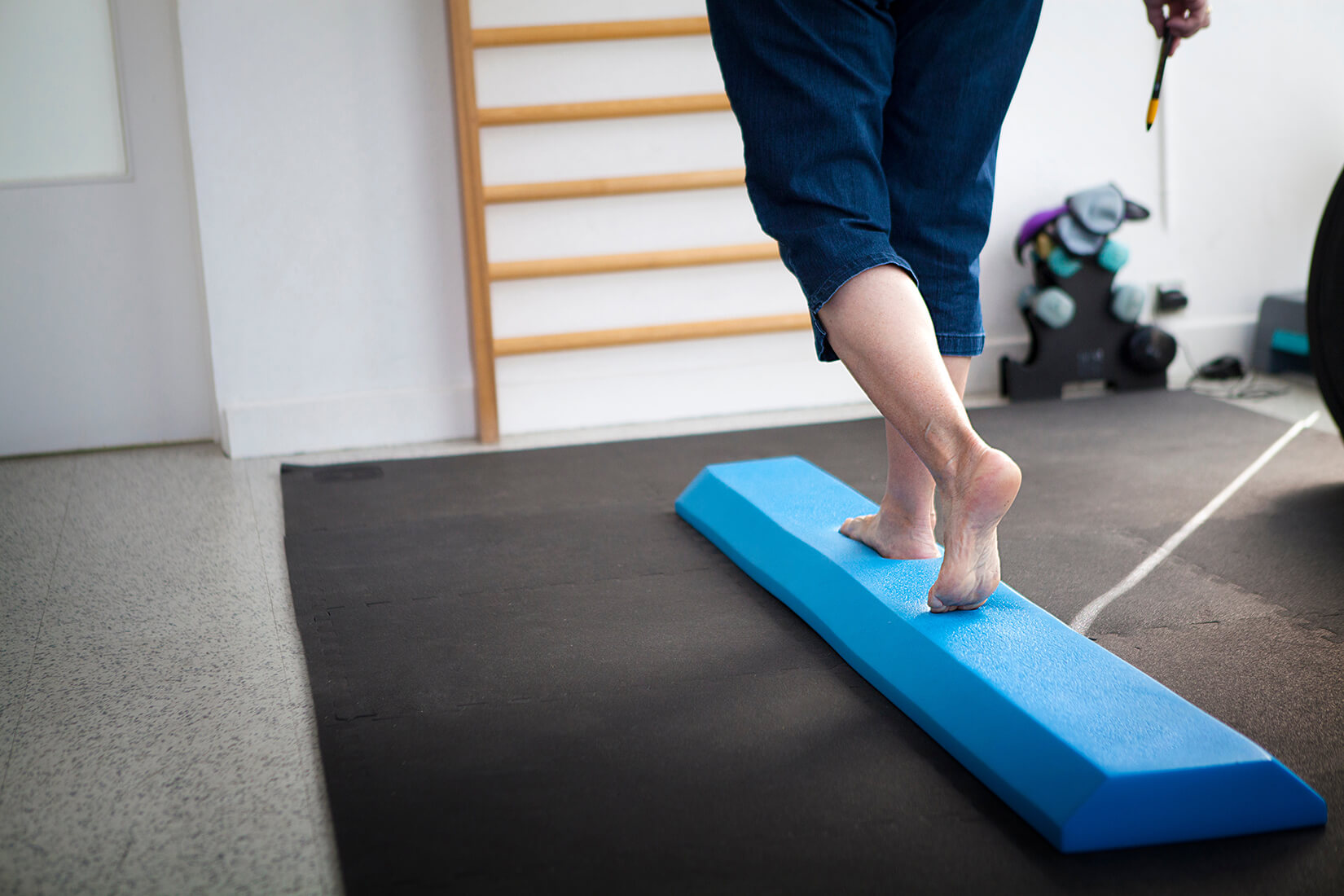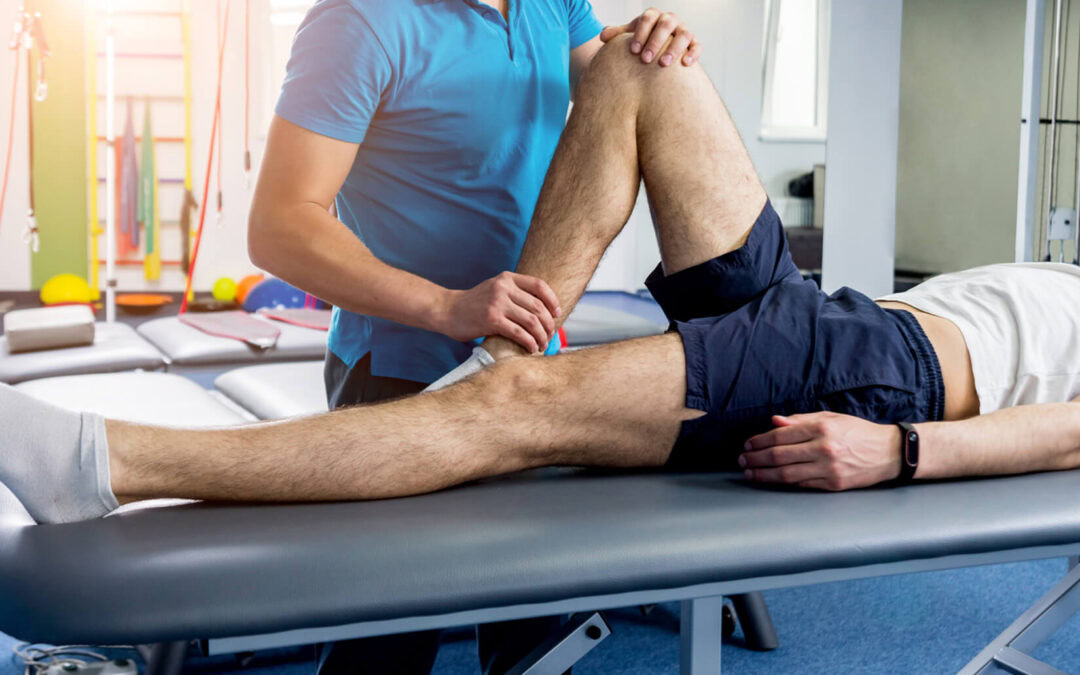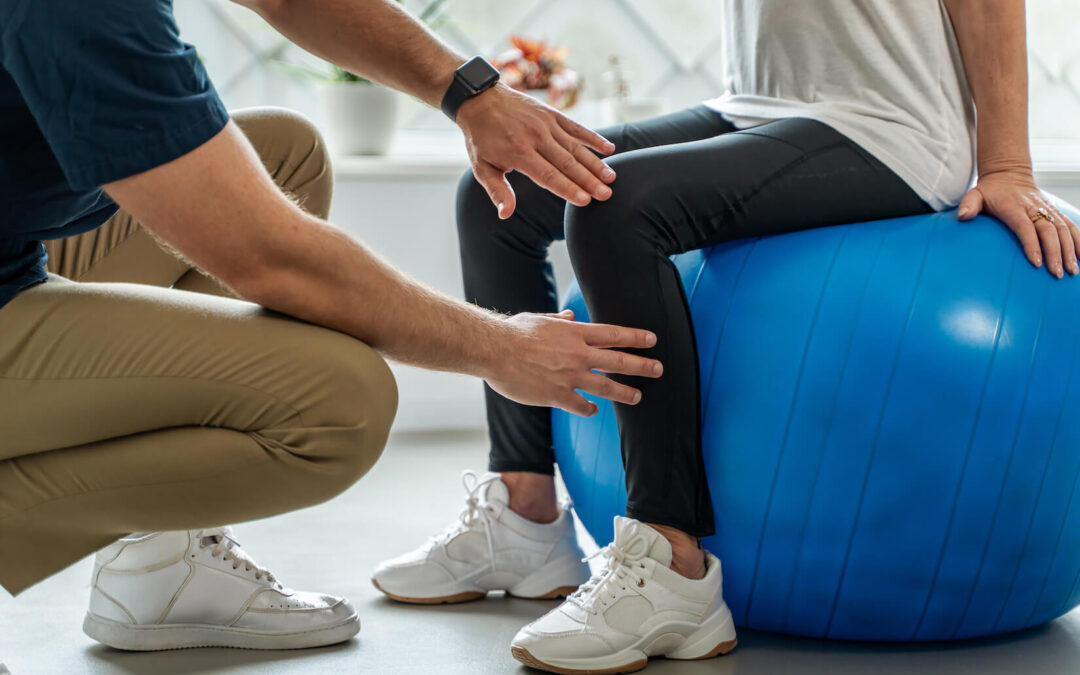Dizziness, imbalance, and vertigo can make everyday life feel like a challenge. These symptoms often stem from issues within the vestibular system — the part of the inner ear and brain that helps control balance and eye movements. Fortunately, vestibular rehabilitation therapy (VRT) is an evidence-based approach designed to help retrain the brain and restore equilibrium. For those seeking vestibular physical therapy in Denver, Colorado, understanding how long recovery takes is an important first step toward managing expectations and staying motivated.
What Is Vestibular Rehabilitation Therapy?
Vestibular rehabilitation therapy is a specialized form of physical therapy focused on reducing dizziness, improving balance, and enhancing stability. It involves a series of customized exercises that target specific symptoms caused by vestibular dysfunction. These exercises may include:
- Gaze stabilization exercises to help the eyes and head work together effectively.
- Balance training to improve coordination and reduce the risk of falls.
- Habituation exercises that desensitize the brain to movements that trigger dizziness.
- Walking and movement retraining to restore confidence in daily activities.
The primary goal of VRT is to promote neuroplasticity, which helps the brain adapt to changes or damage within the vestibular system. With consistent practice, patients can often regain a sense of balance, reduce dizziness, and resume their normal routines with greater ease.
Why Recovery Time Varies
There isn’t a one-size-fits-all timeline for vestibular rehabilitation. Recovery can vary based on several factors, including the underlying cause of the dysfunction, the severity of symptoms, and how consistently exercises are performed. Some patients may notice improvements in just a few sessions, while others require several months of therapy.
On average, most people begin to see noticeable results within 4 to 6 weeks of consistent treatment. However, this can vary widely. For example:
- Those with benign paroxysmal positional vertigo (BPPV) often recover in just a few sessions once the correct repositioning maneuvers are performed.
- Patients with vestibular neuritis or labyrinthitis might take several weeks or months as their brain adjusts to changes in the inner ear.
- Individuals with chronic vestibular migraines or post-concussion syndrome may require longer-term therapy since symptoms can fluctuate and take more time to stabilize.
Vestibular Rehabilitation for a Wide Range of Conditions
Vestibular rehabilitation can help with numerous balance and dizziness disorders, such as:
- BPPV (Benign Paroxysmal Positional Vertigo): Characterized by short bursts of dizziness triggered by head movements.
- Meniere’s Disease: A chronic condition involving episodes of vertigo, tinnitus, and hearing loss.
- Vestibular Neuritis and Labyrinthitis: Inflammation of the vestibular nerve or inner ear, leading to prolonged dizziness and imbalance.
- Post-Concussion Syndrome: Vestibular issues often follow head injuries, leading to dizziness and coordination difficulties.
- Persistent Postural-Perceptual Dizziness (PPPD): A functional balance disorder that can cause long-term unsteadiness.
- Age-related vestibular decline: As people age, their balance system naturally weakens, making vestibular rehab beneficial for maintaining mobility and independence.
Each of these conditions affects the vestibular system differently, which is why individualized assessment and treatment planning are crucial.
Several Key Variables Can Affect How Quickly Vestibular Rehabilitation Works
Every patient’s recovery timeline is unique. The following factors often determine how long vestibular rehabilitation takes to work:
1. The Underlying Condition or Cause
Some vestibular disorders respond more quickly to treatment than others. BPPV, for instance, can resolve rapidly, while central vestibular disorders (originating in the brain rather than the inner ear) may take longer.
2. Severity and Duration of Symptoms
If symptoms have persisted for months or years, the brain has likely developed compensations that take more time to correct. Early intervention tends to lead to faster recovery.
3. Consistency of Home Exercises
Success in VRT depends heavily on how consistently patients perform their prescribed exercises at home. Therapists typically provide a routine tailored to each individual, and regular practice helps reinforce progress made during in-clinic sessions.
4. Age and Overall Health
Younger patients or those in good physical condition may adapt more quickly, while older adults or individuals with additional health issues might progress more gradually.
5. Emotional Factors and Anxiety
Dizziness and imbalance can cause or worsen anxiety, which can in turn amplify symptoms. Addressing emotional well-being alongside physical therapy often leads to better outcomes.
What to Expect During the First Few Weeks
In the early stages of vestibular rehabilitation, patients may experience temporary increases in dizziness or imbalance. This is normal and expected, as the brain is learning to interpret sensory information differently.
During the first few sessions, your therapist will perform assessments to understand your specific deficits, then introduce gentle exercises to challenge your balance and eye movements. Over time, the exercises become more complex as your tolerance improves.
Patients often report small improvements first, such as turning their heads without feeling dizzy or walking without veering off balance. These small wins build confidence and momentum.
Long-Term Recovery and Maintenance
After the initial phase, therapy focuses on refining coordination and stability in real-world scenarios. This might include walking in busy environments, navigating uneven surfaces, or performing daily activities that previously triggered dizziness.
Many patients continue exercises at home long after formal therapy sessions end. These maintenance routines help prevent symptom recurrence and keep the vestibular system strong. It’s also common for therapists to schedule follow-up visits to monitor long-term progress and adjust exercises as needed.
Measuring Progress
Progress in vestibular rehabilitation isn’t always linear. Some days may feel better than others, especially for conditions like vestibular migraine or PPPD. Therapists often track improvements using balance tests, eye movement evaluations, and symptom questionnaires. Even if dizziness hasn’t completely disappeared, gains in balance, confidence, and daily functioning are signs of meaningful progress.
When to Seek Help
If you’ve been experiencing ongoing dizziness, vertigo, or imbalance, it’s best not to wait for symptoms to improve on their own. Early intervention with a vestibular specialist can shorten recovery time and prevent complications such as falls or chronic dizziness.
Untreated vestibular dysfunction can also impact mental health, leading to frustration, fatigue, or avoidance of certain activities. Vestibular rehabilitation helps break this cycle by empowering patients with tools to manage and overcome their symptoms.
The Total Physical Therapy Approach
At Total Physical Therapy, our team takes a personalized approach to vestibular rehabilitation. Every treatment plan begins with a comprehensive evaluation to determine the root cause of your symptoms. From there, we design a customized program focused on restoring balance, improving stability, and reducing dizziness.
Our therapists use the latest techniques and evidence-based methods to ensure patients receive the highest level of care. We understand how discouraging vestibular symptoms can be, which is why we emphasize education, encouragement, and measurable progress every step of the way.
Take the First Step Toward Recovery
If dizziness or imbalance is holding you back, don’t wait to get help. Vestibular rehabilitation can dramatically improve your quality of life by restoring confidence and comfort in your movements. The sooner therapy begins, the faster your brain can adapt and heal.
Contact Total Physical Therapy today to schedule an evaluation and start your journey toward a steadier footing and a more balanced life.




